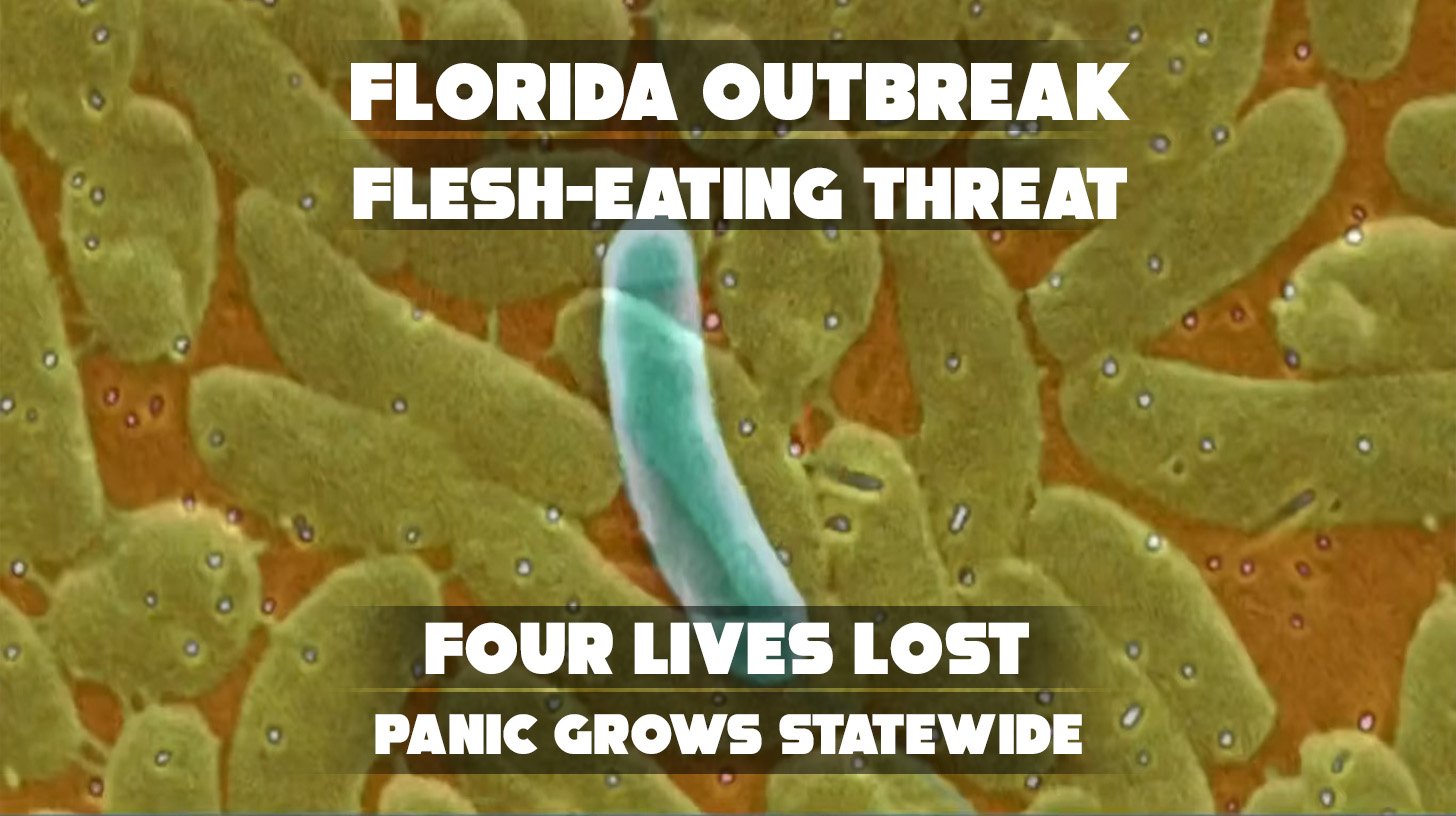Health officials in Florida have issued an urgent public warning after four people died from infections caused by a flesh-eating bacteria known as Vibrio vulnificus. The rare but potentially deadly bacteria thrives in warm, brackish waters, especially during the summer months, and can enter the body through open wounds or by eating undercooked shellfish.
What Is Vibrio Vulnificus and How It Spreads

Vibrio vulnificus is a naturally occurring bacteria found in coastal waters, particularly when temperatures rise above 68°F (20°C). Infections often occur when open cuts or wounds are exposed to contaminated water, or when individuals consume raw or undercooked seafood—especially oysters.
The bacteria can cause severe skin infections that destroy tissue (necrotizing fasciitis), sepsis, and even death, particularly in people with weakened immune systems, liver disease, or chronic health conditions. According to the Florida Department of Health, this year’s cases are believed to have stemmed from both direct water exposure and contaminated seafood.
Florida Officials Warn Vulnerable Groups to Stay Cautious
So far in 2025, four deaths and at least a dozen confirmed infections have been reported across Florida, with the majority occurring along the Gulf Coast. Health officials urge residents and tourists—particularly those with underlying health conditions—to avoid exposing wounds to coastal waters and to refrain from eating raw shellfish unless properly cooked.
In a public statement, the Florida Department of Health advised:
“People with fresh cuts, recent tattoos, or weakened immune systems should be extremely careful near warm saltwater environments.”
They also recommend wearing water shoes, using waterproof bandages, and immediately cleaning wounds with soap and water if exposed to seawater.
While the infections remain rare, they can progress rapidly, and early treatment is critical. Symptoms include redness, swelling, fever, chills, and blistering around the infected area. Anyone experiencing these symptoms after coastal exposure should seek emergency medical attention.


